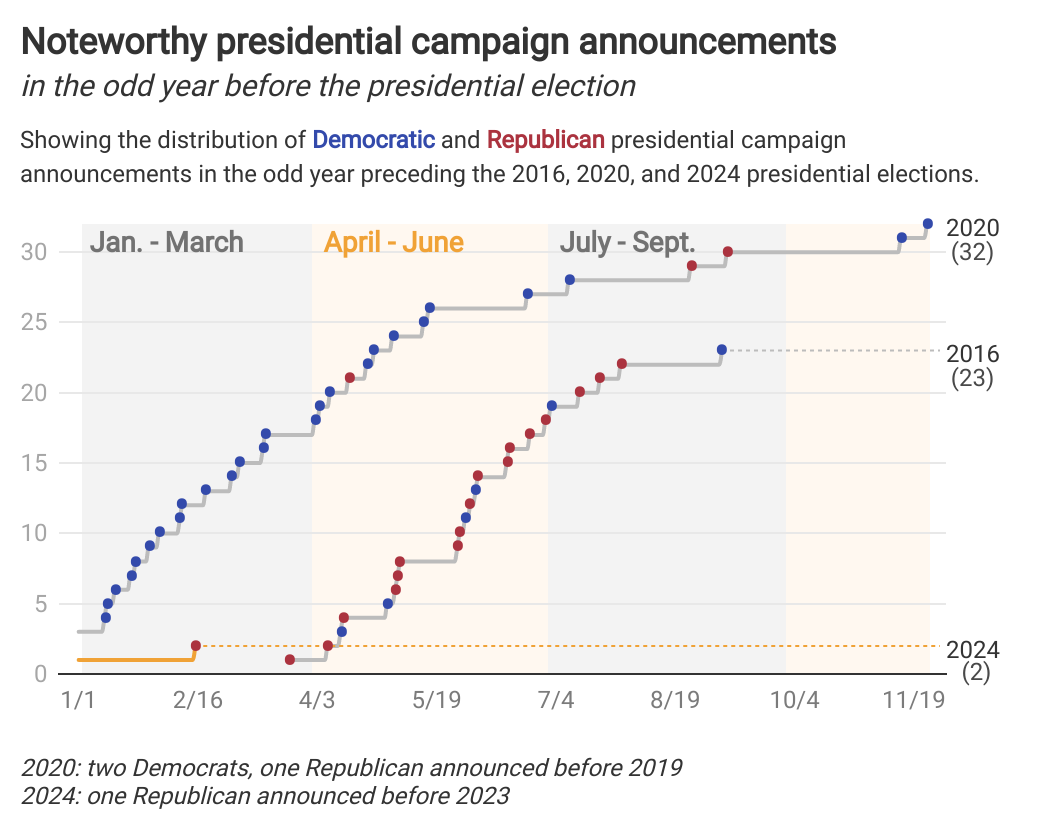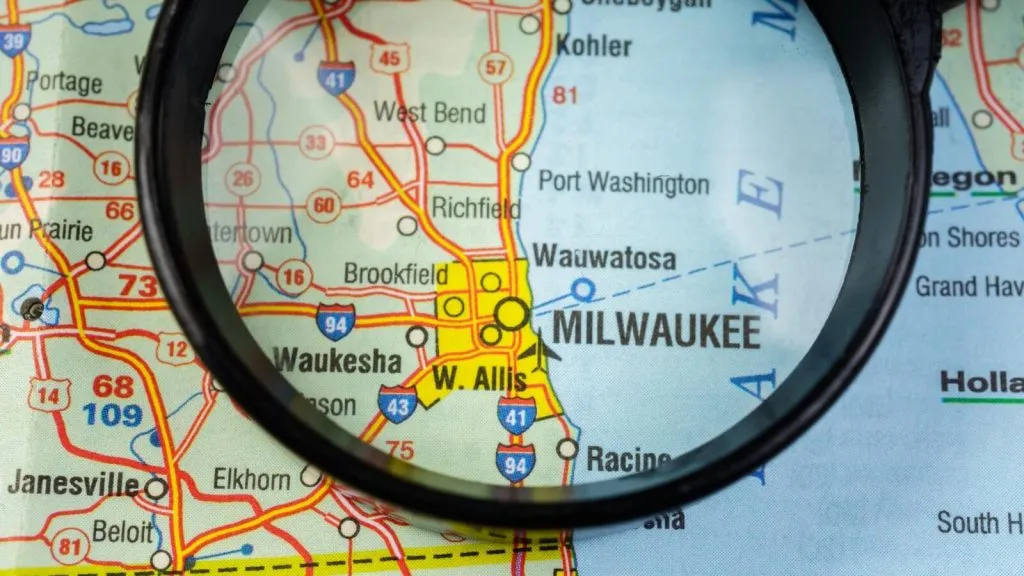The Fall Of School Desegregation Orders: A Look At The Justice Department's Decision

Table of Contents
The Historical Context of School Desegregation Orders
The history of school desegregation orders is inextricably linked to the struggle for racial equality in the United States. The Supreme Court's 1954 decision in Brown v. Board of Education declared state laws establishing separate public schools for black and white students unconstitutional. This landmark ruling, however, did not automatically lead to integrated schools. Resistance was widespread, and the implementation of desegregation was met with significant challenges and legal battles.
-
The legal basis for school desegregation orders: Following Brown v. Board, federal courts issued numerous desegregation orders, relying on the Fourteenth Amendment's Equal Protection Clause to mandate the dismantling of segregation in public schools. These orders often included specific remedies, such as busing, redrawing school district lines, and affirmative action programs.
-
Early successes and challenges in implementing desegregation: While some districts integrated relatively smoothly, many others fiercely resisted. The use of "freedom of choice" plans, often designed to circumvent desegregation, proved largely ineffective. The Civil Rights Act of 1964 and subsequent legislation strengthened the federal government's ability to enforce desegregation, but resistance continued.
-
The role of the Justice Department in enforcing these orders: The Justice Department played a crucial role in enforcing school desegregation orders, initiating lawsuits, investigating violations, and providing technical assistance to school districts. Key Supreme Court cases like Green v. County School Board (1968) and Swann v. Charlotte-Mecklenburg Board of Education (1971) further clarified the legal requirements for desegregation and empowered the Department's enforcement efforts. These orders aimed to dismantle legally mandated segregation and address its lasting effects on educational opportunity.
The Justice Department's Shift in Approach
The Justice Department's commitment to enforcing school desegregation orders has fluctuated significantly over time. This shift in approach is a critical factor in the decline of effective desegregation.
-
Specific policy shifts under different administrations: Different presidential administrations have adopted varying levels of commitment to desegregation enforcement. Some administrations actively pursued desegregation cases, while others significantly scaled back enforcement efforts, prioritizing other civil rights concerns.
-
Reduction in funding and resources allocated to desegregation cases: The decrease in funding and resources allocated to desegregation litigation has severely hampered the Justice Department's ability to effectively monitor and enforce existing orders. This has left many school districts without the necessary oversight to maintain integration.
-
Changes in litigation strategies and priorities: The Justice Department's litigation strategies have also evolved. There has been a shift away from focusing on systemic remedies, such as busing, toward more localized and limited approaches. This has reduced the impact of enforcement efforts and allowed segregation to persist.
The arguments for these changes often cite concerns about the cost and feasibility of achieving full desegregation, as well as a shift towards a more localized approach to civil rights enforcement. However, critics argue that these shifts have effectively allowed de facto segregation to flourish, undermining the progress made in achieving educational equity.
The Role of Resistance and Litigation
Ongoing resistance to desegregation efforts has played a significant role in the weakening of school desegregation orders.
-
Examples of legal challenges to desegregation orders: School districts and individuals have consistently challenged desegregation orders in court, arguing that they are overly burdensome, infringe on individual liberties, or are no longer necessary. These legal challenges have often delayed or undermined the implementation of effective desegregation plans.
-
The impact of white flight and residential segregation: White flight, the movement of white families from urban areas to suburban districts to avoid integration, has exacerbated school segregation. Residential segregation, often a product of discriminatory housing policies, further reinforces this pattern, creating a cycle of concentrated poverty and racial isolation in many school districts.
-
The role of local and state governments in hindering desegregation efforts: Local and state governments have often resisted federal mandates, employing various strategies to slow down or block desegregation efforts. This resistance has created significant obstacles to achieving integrated schools.
These legal battles and political pressures have significantly affected the enforcement and longevity of school desegregation orders, contributing to their decline and the perpetuation of racial disparities in education.
The Impact on School Diversity and Educational Equity
The decline of school desegregation orders has had profound consequences for school demographics and educational equity.
-
Increased racial segregation in schools: Data consistently shows a resurgence of school segregation across the nation. Many schools are significantly more racially isolated than they were decades ago.
-
The achievement gap and its correlation with segregation: Studies have consistently demonstrated a strong correlation between school segregation and the achievement gap between white students and students of color. Segregated schools often lack the resources and opportunities necessary to support students from disadvantaged backgrounds.
-
The impact on opportunities for students from minority backgrounds: Segregation limits opportunities for students from minority backgrounds, impacting their access to quality education, college preparation, and future success.
The implications for educational equality are significant. The continued lack of integrated schools perpetuates systemic inequalities and has long-term societal effects, impacting social mobility and economic opportunities.
Conclusion
The decline of school desegregation orders marks a significant setback in the pursuit of educational equity in the United States. The Justice Department's changing approach, coupled with persistent resistance, has resulted in increased school segregation and perpetuated disparities in educational outcomes. Understanding the historical context, policy shifts, and ongoing legal battles surrounding school desegregation orders is crucial for advocating for policies that promote integration and equal educational opportunities for all students. We need to continue the fight for effective enforcement of desegregation orders and the development of new strategies to achieve truly integrated and equitable schools. Let's work together to ensure that the promise of Brown v. Board is finally realized, and the fight for school desegregation continues.

Featured Posts
-
 Medvedev Minacce Nucleari E La Russofobia Nell Ue
May 03, 2025
Medvedev Minacce Nucleari E La Russofobia Nell Ue
May 03, 2025 -
 Full List Famous Residents Affected By The Palisades Fires
May 03, 2025
Full List Famous Residents Affected By The Palisades Fires
May 03, 2025 -
 Double Trouble In Hollywood Writers And Actors Strike Causes Industry Wide Production Shutdown
May 03, 2025
Double Trouble In Hollywood Writers And Actors Strike Causes Industry Wide Production Shutdown
May 03, 2025 -
 Florida And Wisconsin Election Results What The Turnout Numbers Reveal
May 03, 2025
Florida And Wisconsin Election Results What The Turnout Numbers Reveal
May 03, 2025 -
 Is Milwaukees Rental Market Truly Exclusive And Difficult
May 03, 2025
Is Milwaukees Rental Market Truly Exclusive And Difficult
May 03, 2025
